Experts call email marketing the "secret weapon" of growth hackers—and for a good reason. Email marketing is on the rise, and email remains a popular tool used in personal and professional contexts. Over 91% of people check their inboxes at least once every day. The key to successfully leveraging your emails is to build a strong list. The more subscribers you have—and the more engaged they are—the more people you're reaching. However, creating and sustaining that list can be challenging, especially when you're just getting started. Enter growth hacking. From using lead magnets to gamifying content, growth hacking tactics can be applied to email marketing, allowing you to achieve greater reach and impact with every message you send. Read on for seven proven techniques for using growth hacking in emails.
1. Write Longer Emails
Email marketing is one of the most effective channels when building a customer acquisition funnel. If you're reading this article, you're already a step ahead of the rest: You're taking the time to educate yourself about the utility of growth hacking for email. This is a savvy move. In general, you should be spending more time on emails, treating each one as content with unique value. You want your email subscribers to feel like they're getting something beyond the basics. They should feel like they are getting VIP access to exclusive content they can't get elsewhere. Don't just recycle old blogs from your website. Make your emails unique—and make them longer! You might think that a longer email means you'll lose the consumer's attention. However, the truth is that long engaging emails are more likely to make an impact. People lose focus during "context switching," when they have to jump from their email to their inbox and back again. So, by grabbing the consumer's attention for a more extended period with lengthier content, you focus their attention—on your message! This will improve the person's odds of taking your desired action, whether it's clicking a link during onboarding or buying a product. Of course, you need to give the individual a well-crafted email with solid messaging, a brand-matching color palette, and compelling visuals if you want to succeed. Towards that end, you need to invest time, energy, and money into your email marketing. Don't treat it as a "nice to have." Make it a must-have. Experts recommend devoting about 16% of your total marketing budget to email. Just how much you allocate depends on diverse factors, including your industry, overall annual revenue, and how much revenue you generate online.
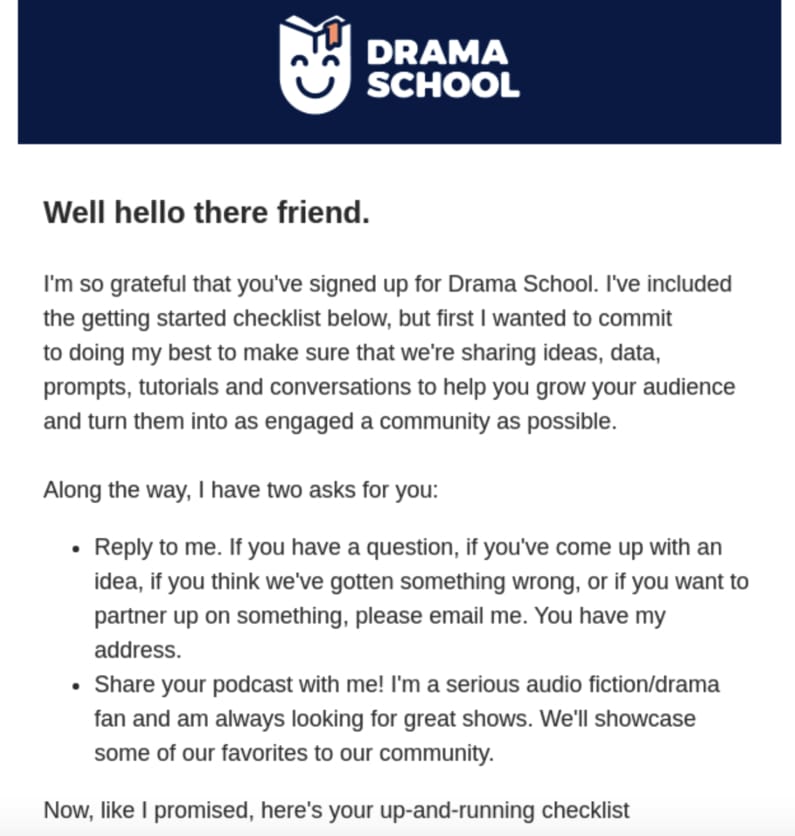
2. Use Lead Magnets
Once you've got someone on your email list, the job isn't done. You have to maintain interest and keep your subscribers engaged. If you're losing subscribers regularly, you know there's room for improvement. Lead magnets are the answer. Lead magnets should promise a quick win, be very specific, and be high value. Ideally, your lead magnet will also demonstrate your expertise or USP, a unique selling proposition. This reminds your subscribers why they signed up for your list in the first place. Keep giving a subscriber bonus content even after you have their email address in your database. For example, you might offer a free whitepaper to download in exchange for some additional survey data. Here are some other ideas for effective lead magnets: • Downloadable checklists or cheat sheets • PDF Templates • Scripts • Toolkits • Resource lists • Calendars or planners • Worksheets or workbooks • Printables The type of lead magnet and the specific content will vary depending on your industry and field of expertise. For example, if you run an eCommerce store, you might tease customers with a free printable calendar. If you run a sales coaching business, you might offer a free sales script. Why give such valuable goods away for free? For one thing, this helps establish the value of your email content and maintains interest from your email list. Secondly, you can leverage freebies to get more granular data about your subscribers. For example, you might want email subscribers to provide customer feedback or give you survey data. You can ask them to complete whatever feedback you want in exchange for your "freebie" lead magnet. Both sides win.
3. Give Offers For Referrals
Another way to ramp up the exclusivity factor of your email marketing and make subscribers feel like they are getting value from your content is via referrals. Your budget for referral marketing should be in addition to any money you spend on email marketing alone. How does it work? You can ask your subscribers to refer a friend. In exchange, they will get some discount, like a fixed dollar amount or a percentage, off their next order. To claim the deal, the user generally must enter a unique code. While this may sound complicated, some tech tools make it easy, saving you time and headache. Examples include ReferralCandy, Smile.io, and Influitive. These platforms take care of the nitty-gritty details like generating and tracking referral codes for you. While it might seem like overkill to offer even more free stuff on top of free exclusive content, this kind of referral system holds enormous value for marketers. Why? Referrals build the image of exclusivity. It adds to that "VIP" feeling. The early days of Gmail are an excellent example of how referrals build hype and raise a company's profile. In its early days, Gmail was an invitation-only system. This is a tactic that has been used by everything from social media apps to dating networks since—because it works!
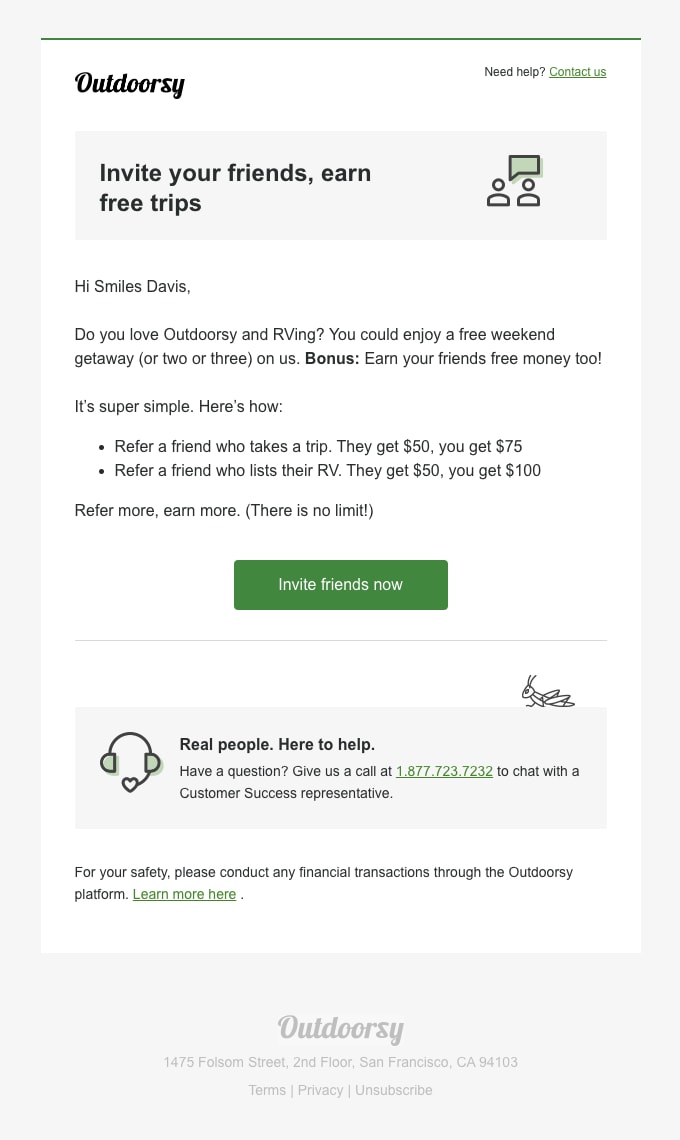
4. Gamify
Gamification is another excellent growth hacking trend worth applying to email marketing. This technique is already used widely across social media marketing channels alongside branded hashtags but less so in email campaigns. It's time to change that! Gamification and interactive emails can help you raise awareness, increase engagement, and connect actively with potential consumers. There are many ways to implement gamification in emails, including: • Countdowns: Give people a set amount of time to complete a task. • Progress: Ask consumers to track a specific progress activity. • Leaderboards: Create an interactive game and report winners via an evolving leaderboard. • Raffles: Invite readers to enter raffles to win unique prizes. • Surveys, tests, or quizzes: Have people complete surveys, quizzes, or tests in exchange for the chance to win a prize. • Contests: Have consumers enter a unique game, like a caption contest or a photo contest (e.g., of one of your products in action). Use the email to introduce people to the "game" you're running, give them the relevant information, and provide the link or other platform they need to participate. You can also cross-pollinate with social media, promoting your game on all fronts. Here's an additional pro tip: Give entrants who are email subscribers extra chances at a win. For example, once they subscribe, they can get an extra raffle ticket. You can thus also use this tool to grow your lists.
5. Use Segmentation And Personalization
Segmentation is critical to writing emails that are relevant and timely to the consumer. You can tailor segmentation according to the different stages of the customer journey in the sales funnel, from generating awareness to concluding a purchase. Say a new visitor to your website has just signed up to your email list. They aren't yet in your database, making them a potential new lead. You can send out a tailored email to this segment of people, providing them with a discount code for their first purchase. Here's another example: You have a customer who has already completed a transaction. Now, you want to transform them into loyal returning customers. You might send a different email to this segment, thanking these users for their purchase and inviting them to refer a friend and get a discount on a future purchase. You can also make use of personalization using segmentation data. This allows you to communicate individually, using details like the individual's name, gender, purchase history, geographical location, and how often they log onto the website. To segment your client base with email marketing, you can also use the RFM analysis. Personalization is a step more advanced than segmentation. It gives the impression that your brand is addressing the reader directly as a unique individual. For instance, if a person consistently buys swimwear from you, you might target emails advertising these products. When running email marketing campaigns for a startup or a small business, never underestimate the power of personalization. Segmentation, A/B testing and personalization can work together so do not hesitate to combine those for your campaigns.
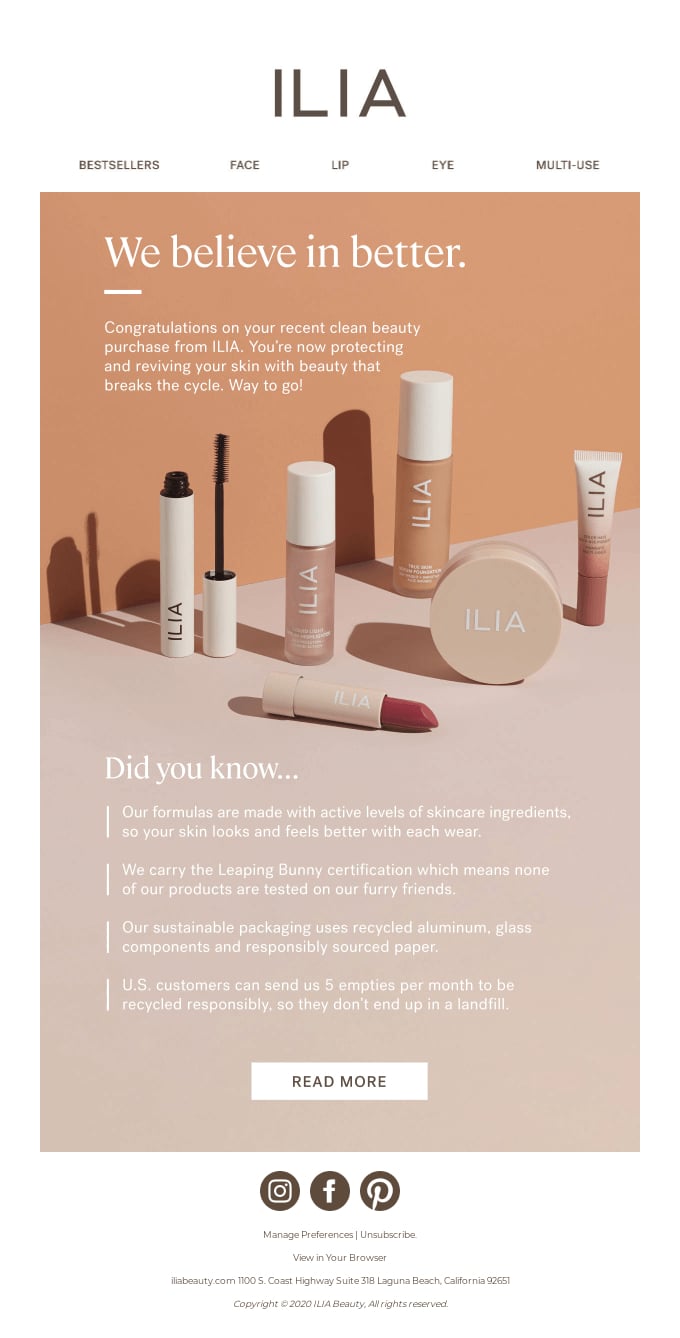
6. Build Topic Clusters
You probably already use topic clusters in your general content marketing strategy. Traditionally, a topic cluster refers to a group of interlinked web pages consisting of a pillar "parent" page and more in-depth subtopic clusters. These clusters and various subpages are interconnected via relevant hyperlinks, which improve search engine optimization, or SEO. You can also apply this concept for growth hacking in email marketing. How do you do it? Listen to customer and prospect conversations using a tool like Avoma to understand the common objections and to understand the right sales pitch. Use that context to plan out a series of emails that comprises a single topic cluster. You might assign one topic cluster per month, for example, and have four emails (one per week) sent out to build that cluster. Each email will have unique content, but they will all be interrelated and pointing towards that single topic. This is an effective strategy for a few reasons. • First, it allows you to tell a story over an extended period. By planning the series of emails, you can sketch a narrative, creating a cohesive story that will engage and excite readers. This is more compelling than simply bombarding users with one unrelated, random email after the next. • Second, this allows you to point readers back to your webpage consistently. You can drive traffic to your site, which will, in turn, increase SEO. Then, with your webpage also adhering to topic clusters, you can keep visitors on your site longer, directing them from one page to the next in a logical manner. There is no doubt that creating topic clusters and pillar pages will help your boost your search rankings and organic traffic. So, if you didn't start working on those 2 proven content marketing strategies, you should definitely start today!
7. Collect Your Engagement Data
One of the great things about digital marketing and growth hacking techniques is that they are measurable. Modern innovations make it possible to track the success of initiatives like those described above easily. Collect engagement data from the beginning so you can track progress. So, what should you be measuring? Key performance indicators, KPIs, in the email marketing space include: • Open rate • Click tracking • Unsubscribe rate • Conversion rate Other metrics include email reading time, device-specific open rates, and overall return on investment, i.e. email marketing ROI. It's imperative to collect data on user engagement to see how effective your growth hacking techniques genuinely are. There are many technologies available that do the job for you, so there's no excuse not to take this step. For example, Validity (previously 250ok) lets you track engagement measures like sharing, forwarding, printing, and more. Meanwhile, Email on Acid lets you monitor open rates, reading time, click tracking, and recipient geolocation. Depending on your business model, it can also be crucial to share email engagement data with your salespeople. Here’s why: “If you’re a B2B business, then you shouldn’t only collect and analyze your email engagement data, but also share it with your salespeople. Such data gives sales more context, and helps them sell better. They’ll know which leads are opening emails and which ones are clicking through, indicating interest. You can do such reporting manually, or set up a CRM-marketing automation integration to automate data sharing between the two.” - Katheriin, Head of Marketing at Outfunnel. With the data you generate from such tools, you can see what's working and what isn't in email engagement. For example, with attribution tools, you can concretely attribute web visitors to email readers. You'll even see which email link the reader clicked. You will then know what direction to take future email marketing campaigns in. You can even take it a step further, using the above tools for experimental purposes. For example, you can use split testing or A/B testing, sending Email A to one group and Email B to another group, and seeing which one performs better. Again, this will help you create better, more targeted emails in the future. Greater personalization targeting highly distinct segments will ultimately pave the path to success, increasing engagement and conversions.
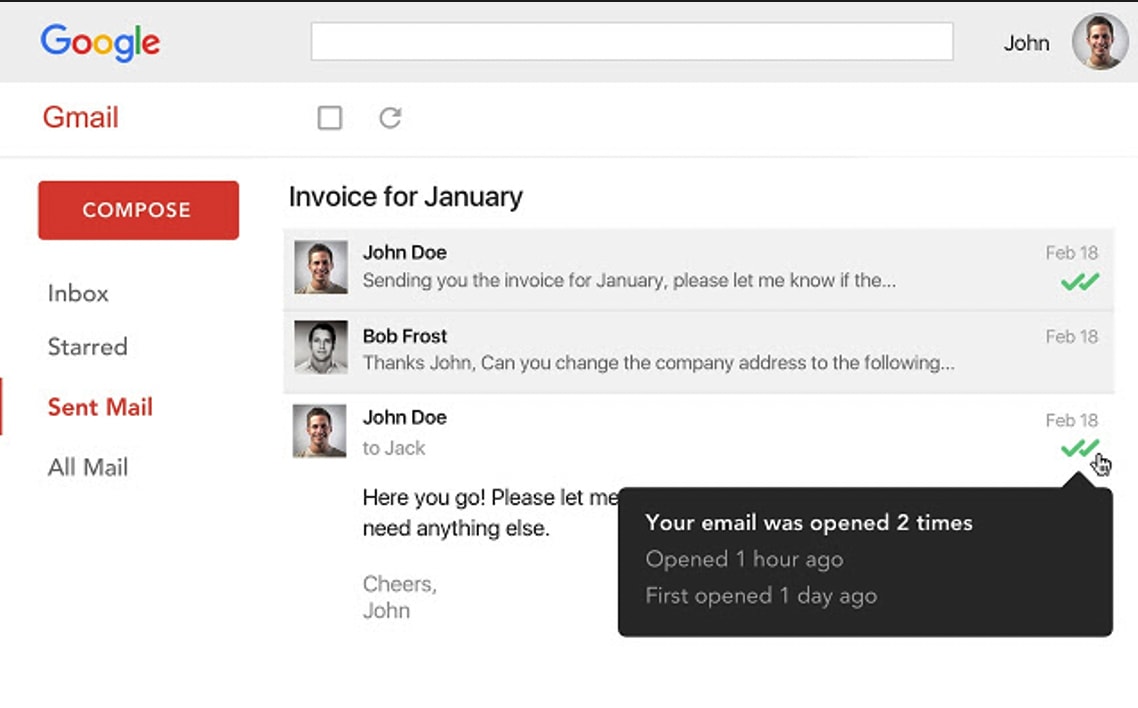

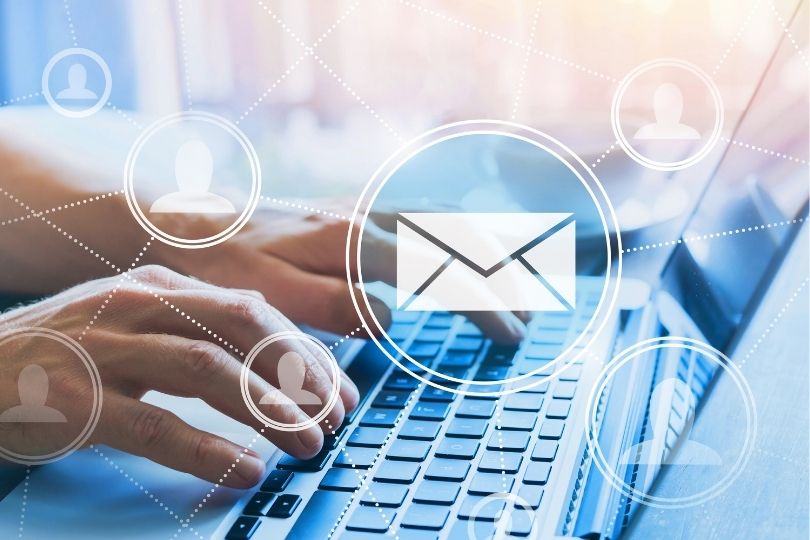



1 Comment
Great insights! Email marketing really is a powerful tool when it comes to growth hacking. I agree that building and maintaining a strong email list is key to success. Growth hacking tactics like lead magnets and gamified content are fantastic ways to engage subscribers and boost conversion rates. It’s amazing how even small tweaks can lead to big results. Thanks for sharing these valuable strategies!